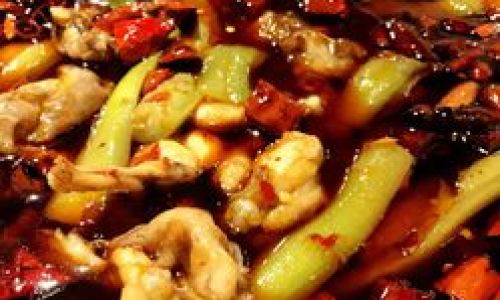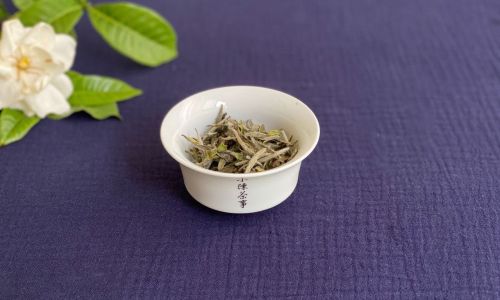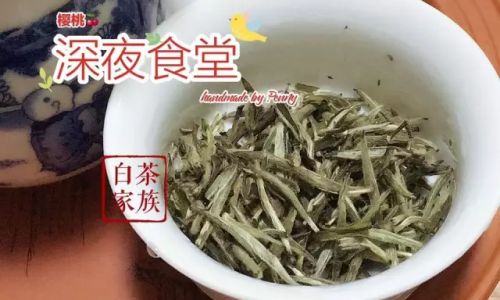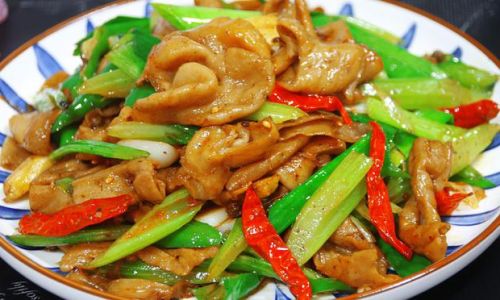Introduction
Sichuan cuisine is renowned worldwide for its bold flavors, fiery spiciness, and numbing sensations derived from Sichuan peppercorns. Among its many iconic dishes, Chanzui Frog (馋嘴蛙), or “Gluttonous Frog,” stands out as a favorite for those who crave intense, aromatic, and tender meat dishes. This dish combines plump frog legs with a rich, spicy broth infused with chili peppers, garlic, ginger, and fragrant spices, creating a symphony of textures and flavors that leave diners wanting more. Whether you’re a seasoned home cook or a curious food enthusiast, mastering this recipe will elevate your culinary repertoire and impress guests with its authentic Sichuan charm. In this guide, we’ll explore the history of Chanzui Frog, the secrets to selecting the finest ingredients, and a detailed, step-by-step method to recreate this restaurant-quality dish in your own kitchen.
The Origins of Chanzui Frog
Chanzui Frog originated in the Sichuan province of China, a region famed for its humid climate and vibrant culinary traditions. Locals developed spicy dishes as a way to combat dampness and stimulate the appetite, and Chanzui Frog became a beloved staple. The dish’s name, Chanzui, translates to “greedy mouth,” a playful nod to its addictive nature—once you take one bite, you’ll find it hard to stop. Traditionally, frog meat was prized for its delicate texture and lean protein content, making it a healthier alternative to heavier meats like pork or beef. Today, Chanzui Frog has transcended regional boundaries, appearing on menus in Chinese restaurants globally and inspiring home cooks to experiment with its fiery, complex flavors.

Selecting the Perfect Ingredients
The success of any Sichuan dish hinges on the quality of its ingredients. For Chanzui Frog, freshness is non-negotiable. Here’s a breakdown of what you’ll need:
- Frog Legs: Opt for fresh or frozen frog legs from a reputable supplier. Look for plump, firm meat with a mild, slightly sweet aroma. Avoid legs that appear discolored or have a strong fishy smell, as these may indicate spoilage.
- Aromatics: Fresh garlic, ginger, and scallions are essential for building the dish’s flavor base. Ginger adds warmth, garlic provides pungency, and scallions contribute a subtle freshness.
- Spices and Sauces: Sichuan peppercorns, dried red chili peppers (preferably Erjingtiao or Chaotianjiao varieties), doubanjiang (fermented broad bean paste), and chili bean sauce (la doubanjiang) are the backbone of the dish’s spicy profile.
- Vegetables and Add-Ins: Common additions include sliced cucumbers, bamboo shoots, or enoki mushrooms, which absorb the flavorful broth and add texture.
- Broth and Seasonings: Chicken or vegetable stock forms the liquid base, while soy sauce, rice wine, sugar, and cornstarch help balance the flavors and thicken the sauce.
Preparation: Cleaning and Marinating the Frog Legs
Before cooking, frog legs require careful preparation to remove impurities and ensure tenderness:
- Cleaning: Rinse the frog legs under cold water, using your fingers to gently scrub away any residual blood or membrane. Pat them dry with paper towels.
- Marinating: In a bowl, combine the frog legs with a mixture of soy sauce, rice wine, cornstarch, and a pinch of white pepper. Marinate for 20–30 minutes. This step tenderizes the meat and infuses it with subtle seasoning.
Cooking the Dish: Step-by-Step Instructions
Now, let’s dive into the cooking process. Follow these steps closely to achieve the perfect balance of spice, aroma, and texture.
Preparing the Spice Base
Heat 3–4 tablespoons of vegetable oil in a wok or deep skillet over medium heat. Add 2 tablespoons of Sichuan peppercorns and a handful of dried red chili peppers (adjust to your spice preference). Stir-fry for 1–2 minutes until fragrant but not burned. The goal is to release the oils from the spices without scorching them, which would impart bitterness.
Sautéing the Aromatics
Add 4–5 cloves of minced garlic, a 2-inch piece of minced ginger, and 3–4 sliced scallions to the wok. Stir-fry for another minute until golden and aromatic. The garlic should soften but not brown, as burnt garlic can ruin the dish’s flavor.
Building the Sauce
Stir in 2 tablespoons of doubanjiang and 1 tablespoon of chili bean sauce. Cook for 2–3 minutes, stirring constantly, until the oil turns a deep red and the sauces caramelize slightly. This step is crucial for developing the dish’s signature richness and umami depth.
Simmering the Broth
Pour in 2 cups of chicken or vegetable stock, followed by 1 tablespoon of soy sauce, 1 teaspoon of sugar, and a splash of rice wine. Bring the mixture to a gentle simmer, then add your choice of vegetables (e.g., sliced cucumbers or bamboo shoots). Let the broth cook for 5–7 minutes to meld the flavors.
Cooking the Frog Legs
Gently place the marinated frog legs into the simmering broth. Ensure they are submerged but not crowded. Cook for 8–10 minutes, or until the meat is opaque and tender. Avoid overcooking, as frog legs can become tough if left in the heat for too long.

Thickening and Finishing
In a small bowl, mix 1 tablespoon of cornstarch with 2 tablespoons of cold water to create a slurry. Slowly pour this into the wok while stirring gently to thicken the sauce. The broth should coat the frog legs in a glossy, velvety texture.
Garnishing and Serving
Transfer the Chanzui Frog to a serving dish. Garnish with fresh cilantro, sliced scallions, and a sprinkle of toasted sesame seeds. For an authentic touch, heat 2 tablespoons of Sichuan peppercorn oil and drizzle it over the dish just before serving. This final step releases the peppercorns’ aromatic oils, creating a tantalizing aroma.
Tips for Perfecting Chanzui Frog
- Spice Level Control: Adjust the number of dried chilies and Sichuan peppercorns to suit your palate. For less heat, remove the seeds from the chilies before frying.
- Frog Leg Substitutes: If frog legs are unavailable, use boneless chicken thighs or shrimp as alternatives. Adjust cooking times accordingly.
- Broth Customization: Experiment with vegetables like enoki mushrooms or baby corn to add sweetness and crunch.
- Leftovers: Store any remaining Chanzui Frog in an airtight container for up to 2 days. Reheat gently to preserve the meat’s texture.
Pairing Suggestions
Chanzui Frog pairs exceptionally well with steamed jasmine rice, which soaks up the spicy broth, or with cold, crisp beer to balance the heat. For a non-alcoholic option, serve it with chrysanthemum tea, a traditional Sichuan beverage that cools the palate.
The Cultural Significance of Chanzui Frog
Beyond its culinary appeal, Chanzui Frog embodies the spirit of Sichuan’s culinary philosophy: ma (numbing) and la (spicy). The dish reflects the region’s historical reliance on spices to preserve food and enhance flavor, as well as its modern reputation as a gastronomic trendsetter. In Sichuan, gathering around a pot of Chanzui Frog is a communal experience, fostering connection and camaraderie over shared plates of fiery delight.
Conclusion
Mastering Chanzui Frog requires patience, precision, and a passion for bold flavors. By sourcing quality ingredients, adhering to the cooking techniques outlined here, and embracing the dish’s spicy heritage, you’ll create a meal that honors tradition while delighting modern palates. Whether you’re hosting a dinner party or simply treating yourself to a gourmet adventure, this Sichuan-style spicy frog will undoubtedly leave a lasting impression. So, fire up your wok, gather your spices, and embark on a culinary journey to the heart of Sichuan—your taste buds will thank you.





0 comments